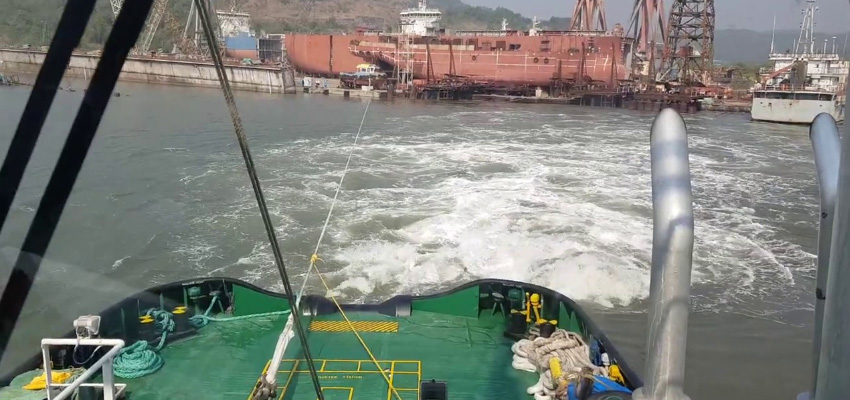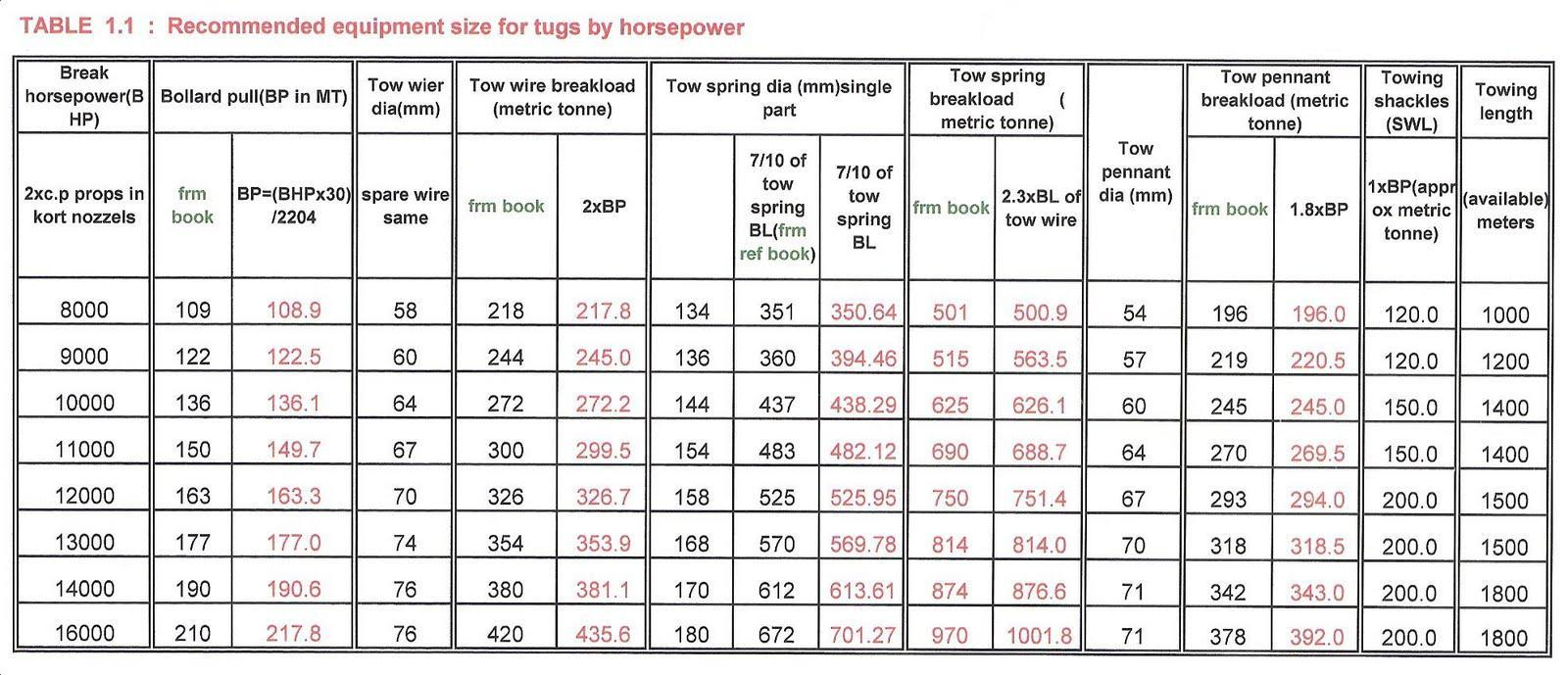Bollard Pull Test

Bollard Pull is a measure of the pulling power of a vessel, comparable to the horsepower rating of conventional vehicle engines. It can be defined as the thrust that is developed by the propulsion systems of any vessel when it has a zero speed in the forward direction.
Bollard pull is calculated by connecting a pier bollard with a towing mechanism on the vessel and computing the force or tension developed in the connection using a load cell or similar component.
Bollards are short, stocky structures generally built out of metal, used on piers or docks to help moor the vessel to the port, by anchoring the tow lines. In general, people are more familiar with bollards as being found in major cities to prevent car-ramming incidents in public places.
The bollard pull value is generally required for vessels such as tugs and is recorded in kilonewtons (denoted as kN) or other units of force such as short tons (stf) or tonnes of force (tf). Every tug or vessel that is required to pull an additional load other than its weight requires a Bollard Pull certification from one of the internationally accepted classification societies.
Societies such as the American Bureau of Shipping (ABS), Indian Register of Shipping (IRS), Bureau Veritas (BV), etc. supply vessels with their certification on successful completion of the bollard pull test.
Importance of Bollard Pull
Like horsepower used on-road vehicles, waterborne vessels also have a common measurement unit of power that can be universally understood.
Unlike conventional road transport where the torque and speed relations match, tugs and such vessels that must haul enormous loads on the water are required to operate in low-speed condition

